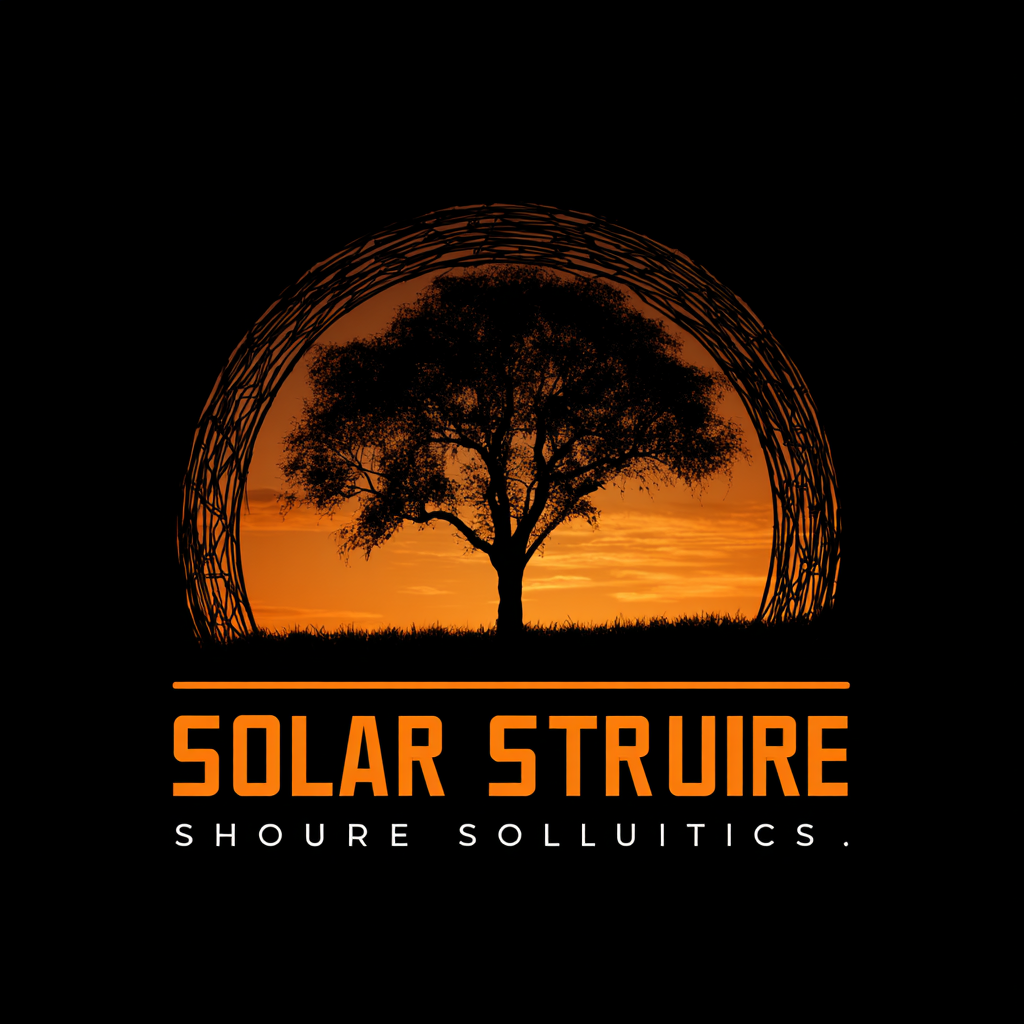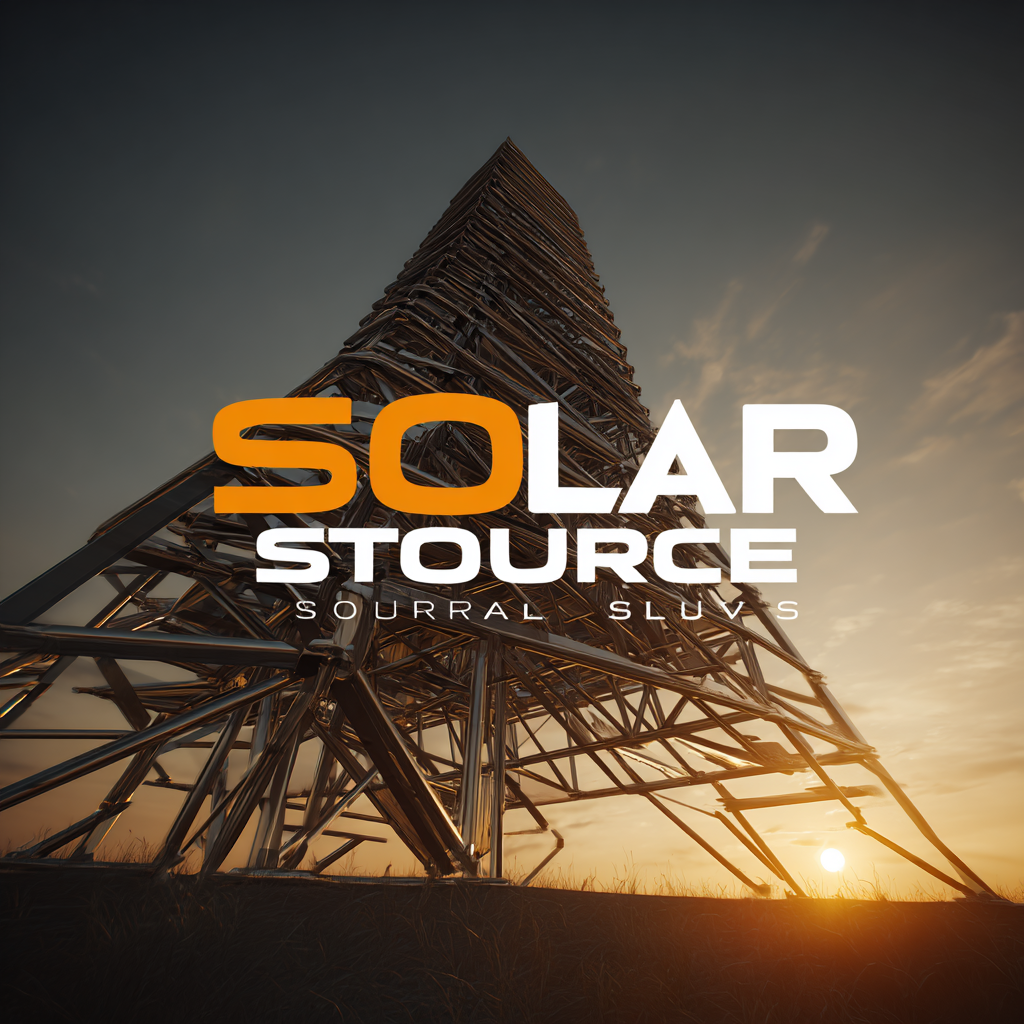
Blog
Understanding the Advantages of Best Solar Structure Solutions
As the global push for renewable energy intensifies, the adoption of solar energy solutions has become paramount, making the role of effective solar structures increasingly significant. According to a recent report by the International Energy Agency (IEA), solar energy capacity has the potential to grow to over 4,000 gigawatts by 2030, driven by advancements in solar structure technologies that enhance efficiency and installation flexibility.

These innovative alternatives to traditional systems not only maximize energy capture but also reduce installation costs and minimize environmental impact. Furthermore, the Solar Energy Industries Association (SEIA) states that the use of optimized solar structure designs can lead to a significant reduction in land usage and improve the overall aesthetics of solar projects.
As we delve into the advantages of the best solar structure solutions, it is crucial to understand how these advancements are shaping the future of solar energy deployment.
Key Features of High-Quality Solar Structure Solutions
When considering solar structure solutions, several key features distinguish high-quality options from the rest. First and foremost, durability is essential. A robust solar structure must withstand various environmental conditions, including extreme weather and seasons. High-quality materials, such as galvanized steel or aluminum, ensure longevity and resistance to corrosion, thereby maximizing the lifespan of the solar installation.
Another critical feature is design flexibility. Effective solar structures offer adaptable designs that can accommodate different panel sizes and configurations. This allows for any installation to maximize solar exposure, no matter the site's unique characteristics. Additionally, ease of installation plays a significant role; renowned structures often incorporate user-friendly designs that reduce installation time and labor costs. These features not only streamline the process but also enhance the efficiency of solar energy capture, making the choice of structure a foundational aspect of any solar project’s success.
Different Types of Solar Mounting Systems and Their Benefits
When it comes to harnessing the power of solar energy, selecting the right mounting system is crucial for maximizing efficiency and stability. There are several different types of solar mounting systems, each designed to address specific needs and installation scenarios. Ground-mounted systems, for example, provide flexibility in orientation and are ideal for large-scale solar farms. They allow panels to be installed at optimal angles for sunlight exposure while accommodating significant system sizes without being constrained by rooftop space.
On the other hand, roof-mounted systems are more suited for residential and commercial buildings. They utilize available roof space, which minimizes land use and installation costs. Within the roof-mounted category, there are two primary types: fixed rack systems and photovoltaic (PV) rail systems. Fixed racks offer durability and simplicity, while PV rails aid in adjusting the panel angle to capture more sunlight throughout the day. By understanding these different solar mounting systems, homeowners and businesses can choose the most suitable solution, ensuring a more efficient and cost-effective solar energy system that meets their specific needs.
Cost-Effectiveness of Investing in Durable Solar Structures
Investing in durable solar structures offers significant cost-effectiveness for both residential and commercial applications. According to a report by the National Renewable Energy Laboratory (NREL), well-designed solar panel mounting systems contribute to a reduction in installation costs by up to 20%. These savings stem from efficient installation processes and long-term reliability. Additionally, the durability of these structures minimizes maintenance costs, as they often come with warranties ranging from 10 to 25 years. By choosing robust materials like aluminum or galvanized steel, users can avoid the hefty repair expenses associated with less resilient options.

Furthermore, the global solar market is projected to grow dramatically, with a forecasted compound annual growth rate (CAGR) of over 20% by 2025, according to a report by Fortune Business Insights. This growth underscores the importance of investing in high-quality solar structures that enhance system efficiency and longevity. Properly installed and durable solar structures not only optimize energy production but also provide peace of mind, knowing that the investment is protected. As energy prices continue to fluctuate, having reliable, cost-effective solar solutions becomes paramount for a sustainable future.
How Solar Structures Enhance Energy Efficiency and Performance
Solar structures have become increasingly important in enhancing energy efficiency and performance across various building types. Recent innovations, such as smart photovoltaic windows, exemplify this trend by dynamically modulating solar energy absorption. These windows are designed to optimize energy savings while allowing natural lighting, helping buildings to reduce their overall energy consumption by as much as 50% compared to traditional designs. Furthermore, a comprehensive review on the application of ventilated solar façades highlights how these systems can significantly improve thermal performance in buildings, showcasing a potential reduction in energy usage by leveraging passive solar gain techniques.
Moreover, advancements in solar technology, such as the development of bifacial organic solar cells, enable higher energy yields. By integrating transparent contact materials, these cells are optimized for semi-transparent applications, allowing for improved efficiency without compromising aesthetics. Studies indicate that these innovations can elevate photovoltaic performance by achieving over 20% efficiency in suitable conditions. As urbanization accelerates, the implementation of sophisticated solar structures is not just beneficial but essential for creating sustainable, energy-efficient built environments that align with global energy conservation goals.

Best Practices for Choosing the Right Solar Structure for Your Needs
When selecting the right solar structure for your needs, it’s crucial to consider your specific requirements, such as location, energy goals, and budget. According to the National Renewable Energy Laboratory (NREL), proper orientation and tilt of solar panels can increase energy production by up to 30%. Therefore, evaluating geographical and environmental factors is essential for maximizing efficiency.
Furthermore, understanding the material options available is vital. A study by the Solar Energy Industries Association (SEIA) highlights that using durable structures, such as aluminum or galvanized steel, can extend the lifespan of solar installations significantly, reducing long-term operational costs. It's advisable to consult with industry experts to assess which type of solar structure best fits your project, making sure to align with best practices to ensure that the installation meets local codes and regulations.
Cost-effectiveness should also not be overlooked, as many companies now offer customized solutions that cater to varying budgets without compromising quality. By focusing on these best practices when choosing a solar structure, you can ensure that your investment yields substantial returns while contributing to a sustainable future.